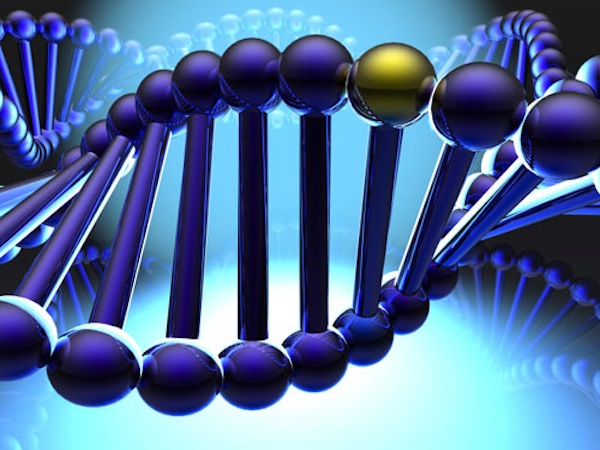 Autosomal dominant traits or disorders can be passed down through families due to the nature of what they are. Typically for autosomal dominant diseases the person affected will have been passed one abnormal dominant allele from one parent. Even if a person has a normal dominant allele the abnormal dominant allele will make is so you have the disorder. This is where lethal alleles can come into play because lethal alleles arise when a normal allele mutates and disrupts the function of an essential gene, usually causing death. These apply because if a person has lethal allele and is homozygous dominant, they will die because autosomal dominant only need one abnormal gene to cause havoc. There are 4 characteristics of autosomal dominant traits. The first is what I already talked about and that is that a single abnormal gene can cause an autosomal disorder. A example of this comes from the Alzheimer’s case study where Suzanne has inherited a mutated dominant allele causing early onset Alzheimer’s. The second is that a autosomal dominant disease can occur as a new condition in a child when neither parent has the abnormal gene. This makes sense considering that autosomal dominant traits are caused by mutations when a dominant allele, and the mutation can occur at any time. A good example could be in the dragon lab, because if the offspring has a mutation in a normal dominant gene it will have a autosomal dominant disease. The third trait is that a parent with the autosomal dominant condition has a 50% chance of having a child with the autosomal dominant trait. This works because a child can receive either the abnormal gene or the normal gene from the affected parent. A example can be the Alzheimer’s study where Suzanne’s children have a 50% chance of receiving the abnormal gene. The fourth characteristic is that children who do not inherit the abnormal can not pass it on. This makes sense because autosomal diseases are not x linked and if you have it the affects will be shown. The Alzheimer’s study shows this because Suzanne’s children do not have the abnormal gene so they can not pass it on.
Autosomal dominant traits or disorders can be passed down through families due to the nature of what they are. Typically for autosomal dominant diseases the person affected will have been passed one abnormal dominant allele from one parent. Even if a person has a normal dominant allele the abnormal dominant allele will make is so you have the disorder. This is where lethal alleles can come into play because lethal alleles arise when a normal allele mutates and disrupts the function of an essential gene, usually causing death. These apply because if a person has lethal allele and is homozygous dominant, they will die because autosomal dominant only need one abnormal gene to cause havoc. There are 4 characteristics of autosomal dominant traits. The first is what I already talked about and that is that a single abnormal gene can cause an autosomal disorder. A example of this comes from the Alzheimer’s case study where Suzanne has inherited a mutated dominant allele causing early onset Alzheimer’s. The second is that a autosomal dominant disease can occur as a new condition in a child when neither parent has the abnormal gene. This makes sense considering that autosomal dominant traits are caused by mutations when a dominant allele, and the mutation can occur at any time. A good example could be in the dragon lab, because if the offspring has a mutation in a normal dominant gene it will have a autosomal dominant disease. The third trait is that a parent with the autosomal dominant condition has a 50% chance of having a child with the autosomal dominant trait. This works because a child can receive either the abnormal gene or the normal gene from the affected parent. A example can be the Alzheimer’s study where Suzanne’s children have a 50% chance of receiving the abnormal gene. The fourth characteristic is that children who do not inherit the abnormal can not pass it on. This makes sense because autosomal diseases are not x linked and if you have it the affects will be shown. The Alzheimer’s study shows this because Suzanne’s children do not have the abnormal gene so they can not pass it on.
Bibliography: